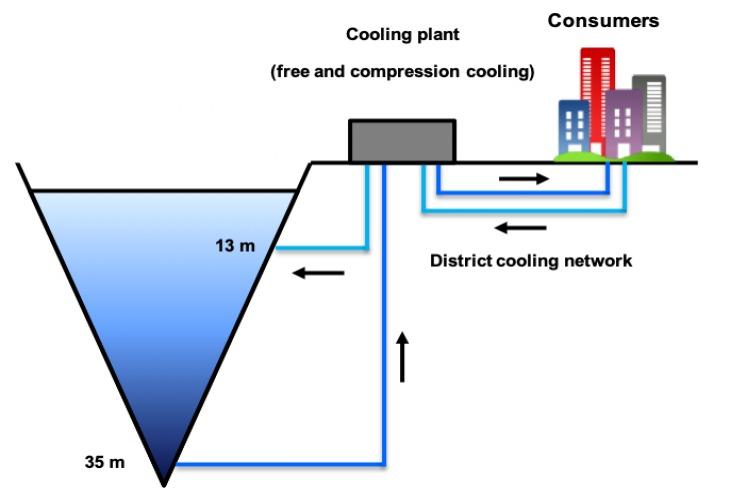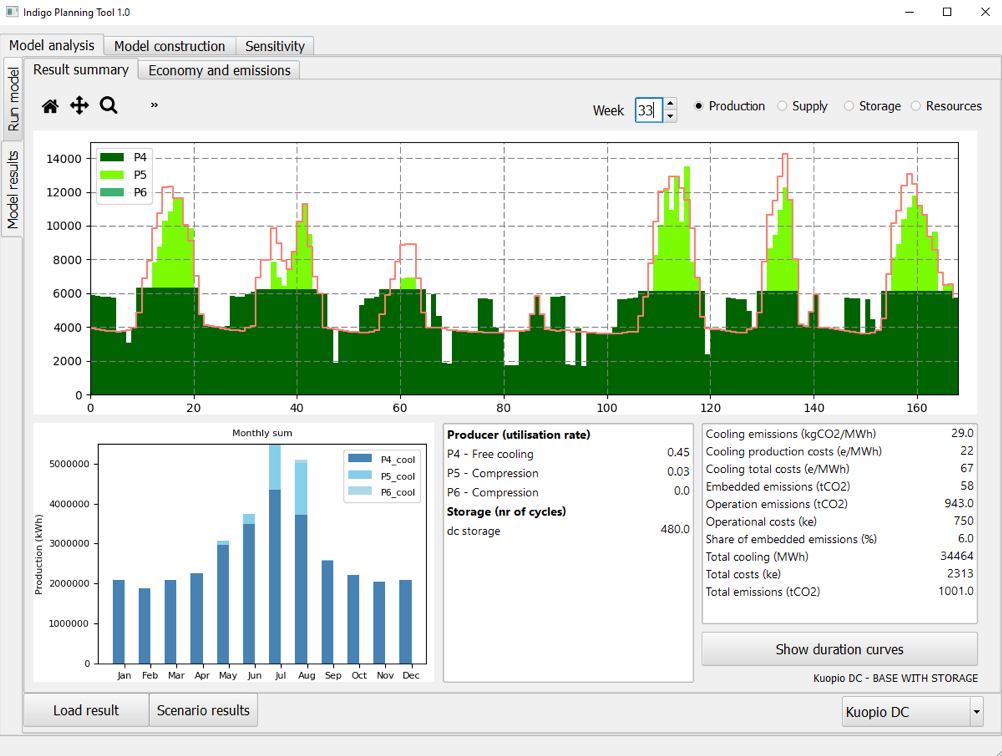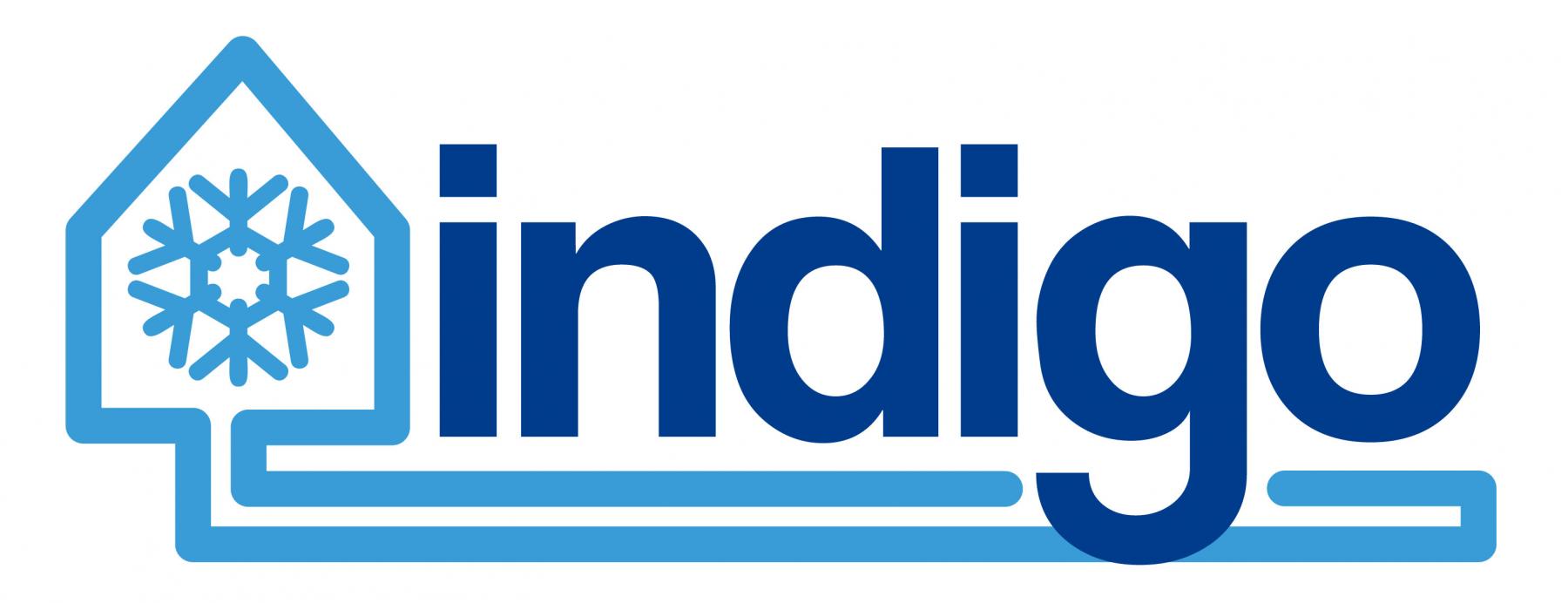District Cooling Planning Tool

Cooling demand is expected to increase almost 60% by 2030 in Europe. District cooling (DC) can support satisfying this demand in a sustainable way by utilising the most efficient cooling supply options available and distributing the produced cooling to consumers rather than using stand‐alone, often inefficient and poorly maintained distributed systems. This also has the potential to significantly decrease primary energy consumption.
INDIGO project is developing a more efficient, intelligent and affordable DC system by improving system planning, control, and management. The aim is to enhance performance on all levels of the system: generation, distribution and consumption.
To support the planning process, INDIGO offers an open-source District Cooling Planning Tool as a powerful, but easy-to-use method, for assessing the benefits of DC over building specific solutions. A range of different components and technologies can be included in the analysis. Many parameters are predefined, but the user has complete control over all input data.
The analysis results include detailed information on economic and energy efficiency performance of the system. In addition, emissions are evaluated using the life cycle assessment (LCA) framework as the approach, taking into account both the embedded and operational emissions.

The tool is tested in three different test cases during the project to demonstrate its functionalities. These cases are from Spain, Italy and Finland. The Finnish test case is a planned DC system utilizing a nearby lake as a source of free cooling. There, the benefits of free cooling are assessed. Spanish and Italian systems are both local DC systems. In Spain, attention is on potential of solar PVs and their integration with the chillers. The Italian case focuses on utilization of energy storages in a system with CHPs, boilers, absorption and compression chillers.
In the preliminary analysis for the Finnish task case in city of Kuopio comparing an electric chiller-based DC system to a free cooling based cooling saves over 48 % in operational costs and 35 % in emissions per year. Comparing cooling supplied by building specific systems to a free cooling-based DC system, the same numbers would be 390 % and 106 %, respectively.
The tool is released under GPL 3.0 license, and available for download from the project's repository.
More information on: www.indigo-project.eu

News published on Build Up News
Consult the source



